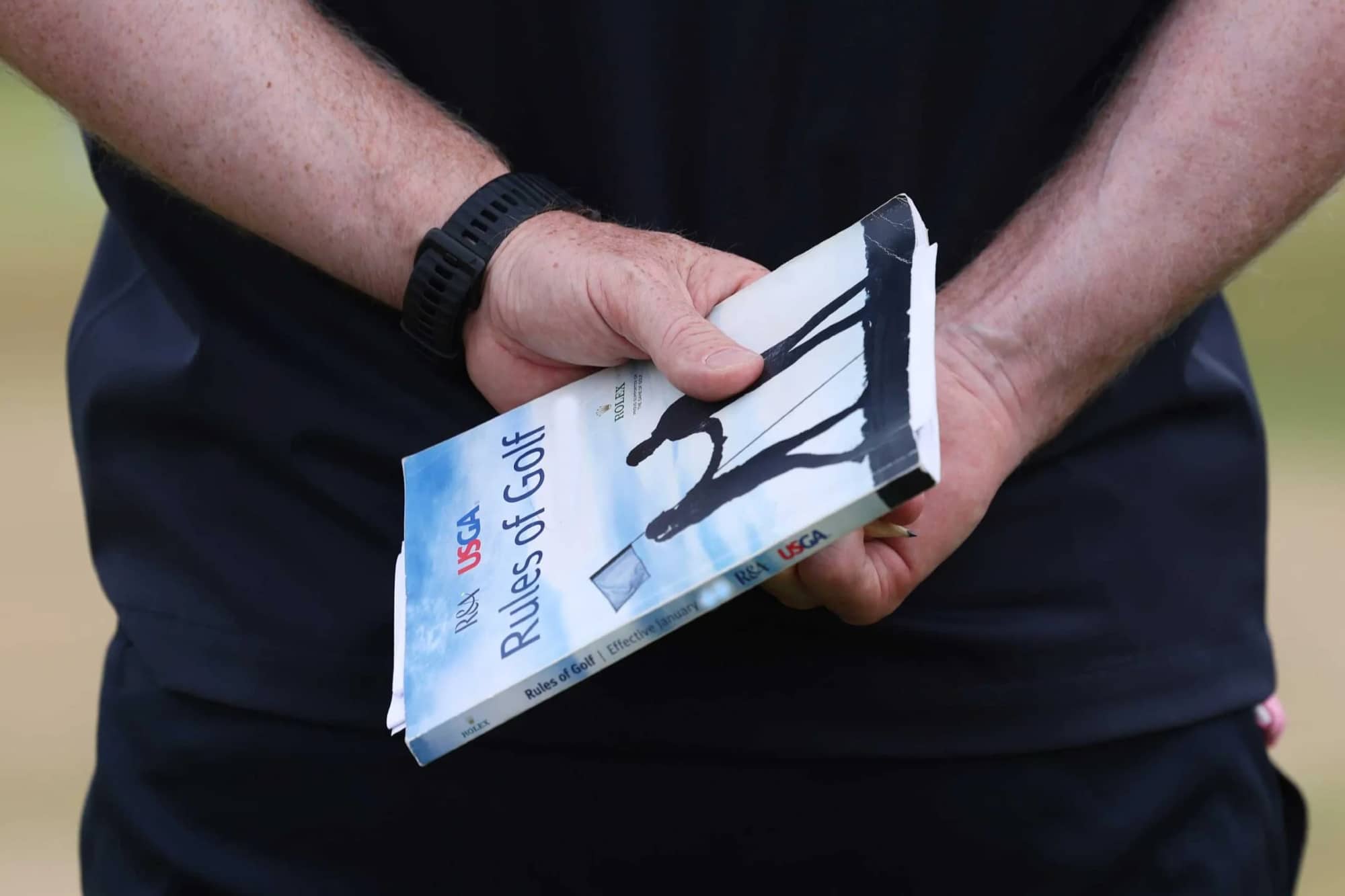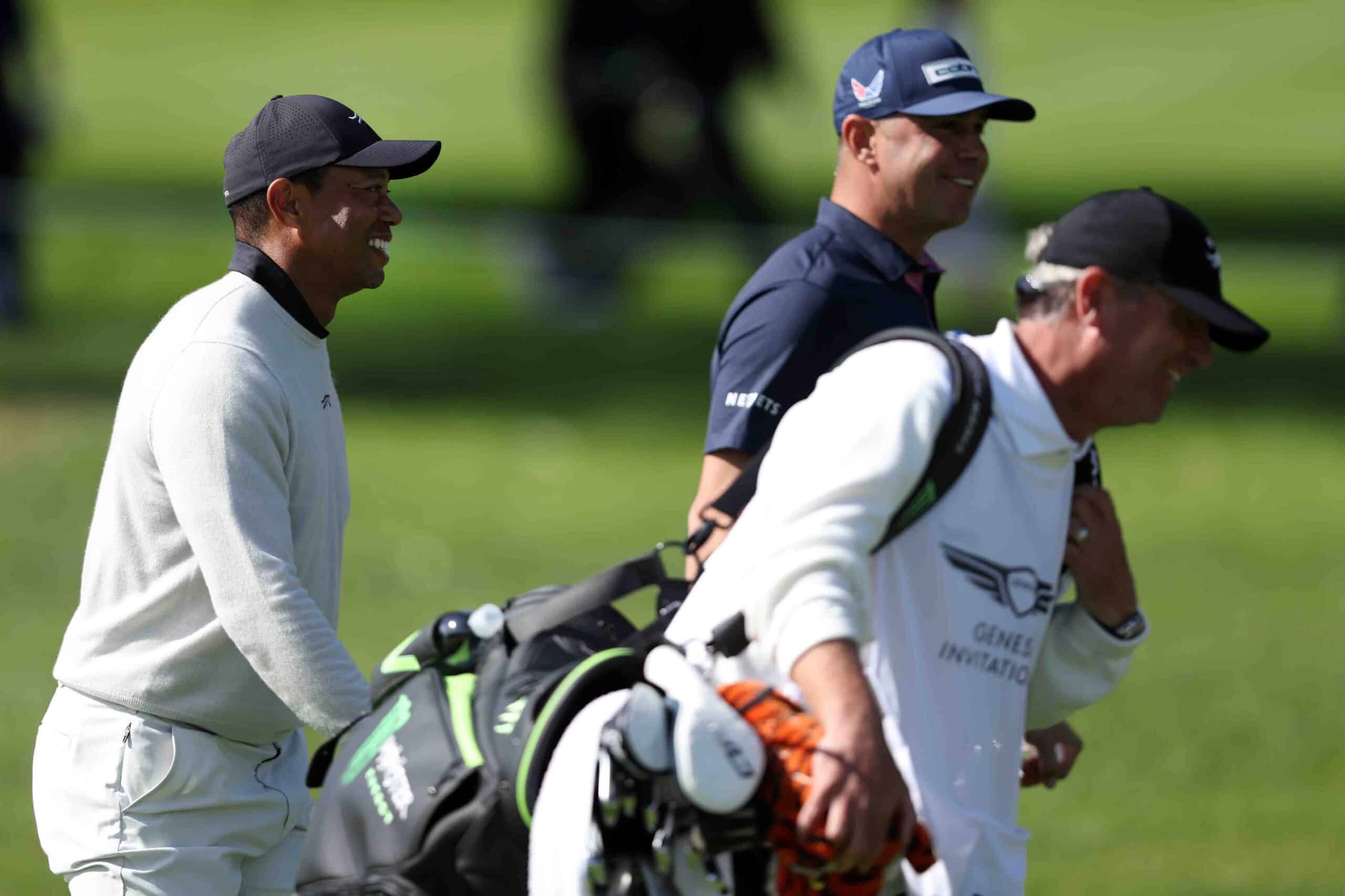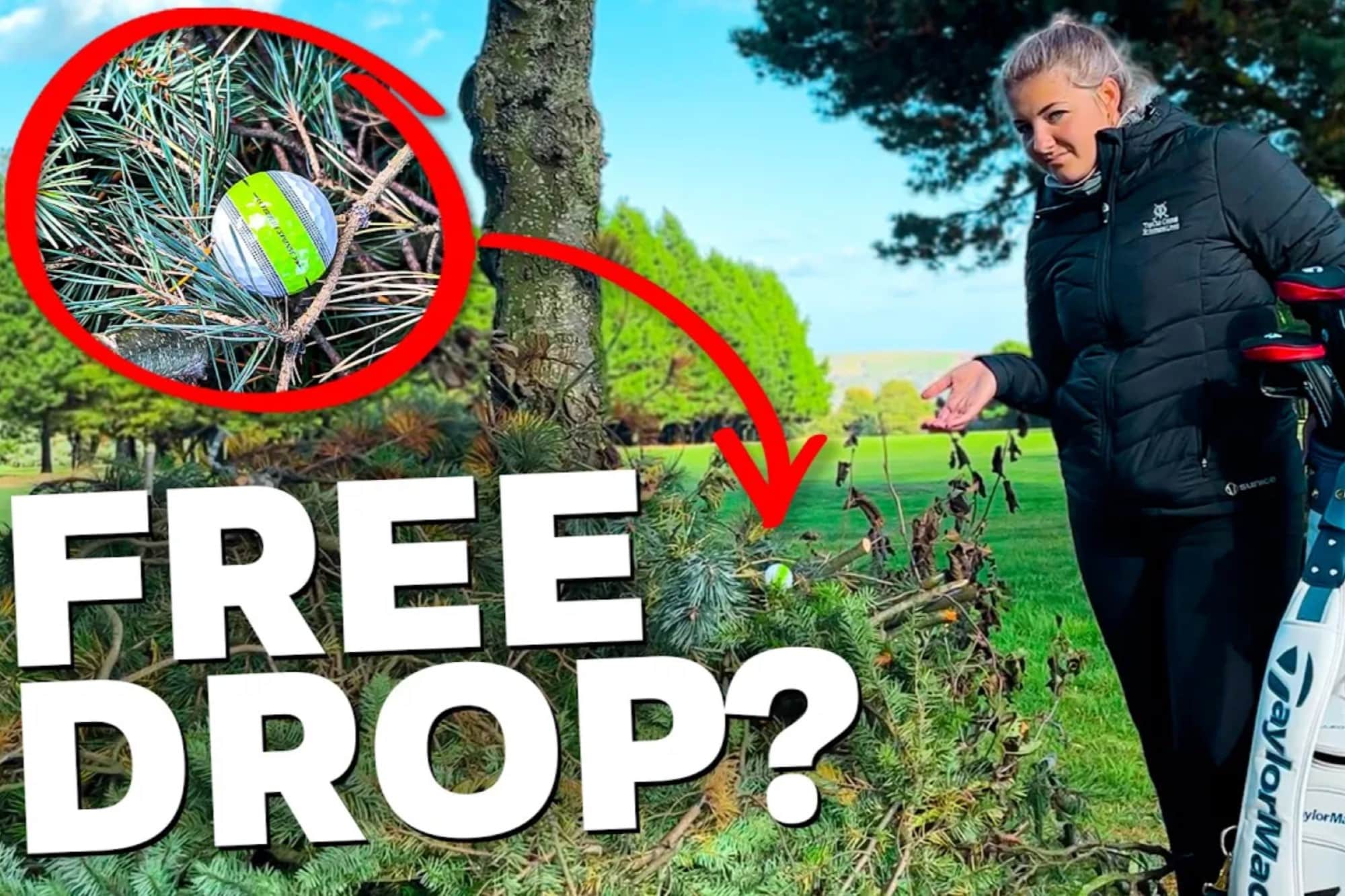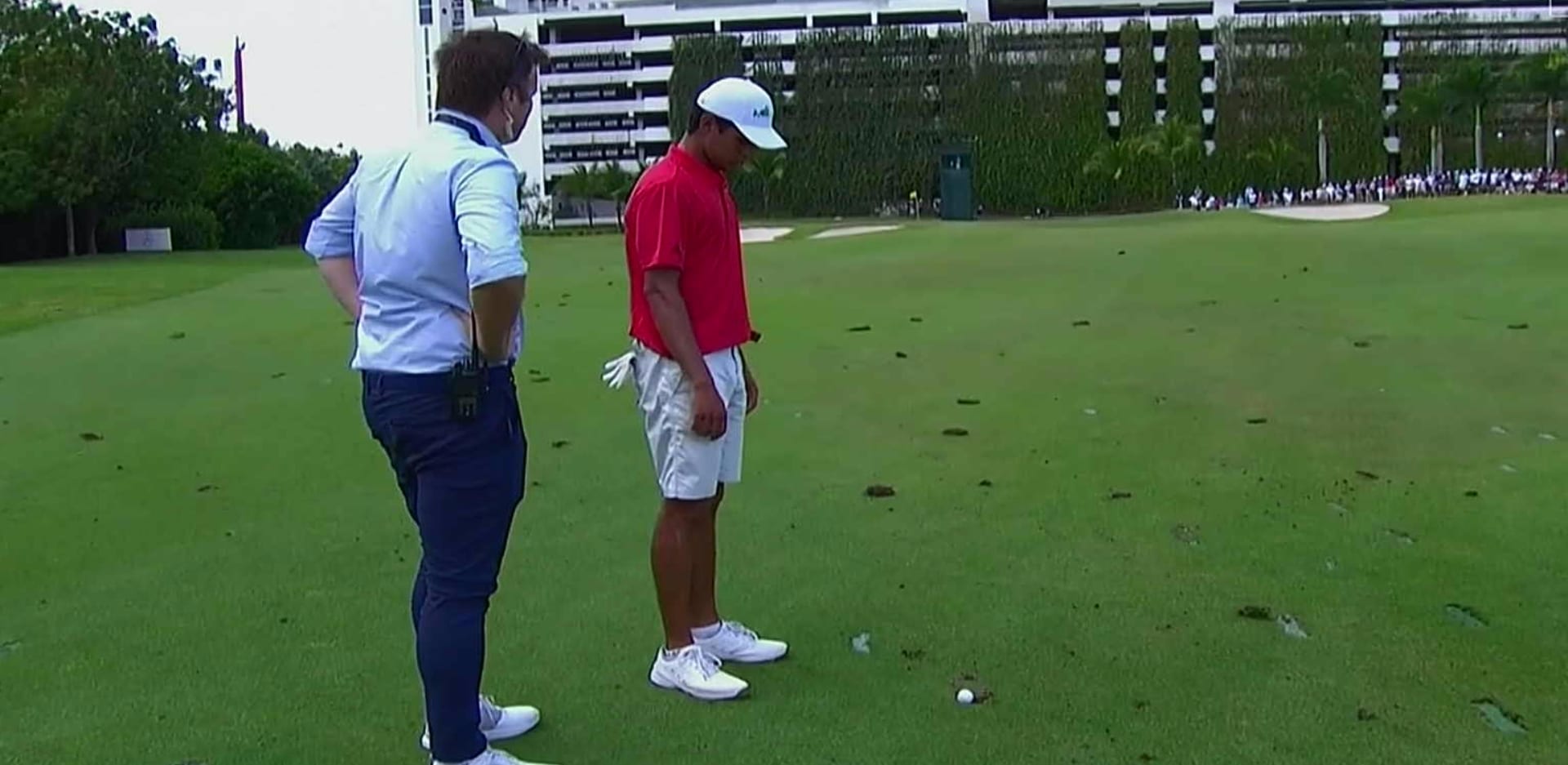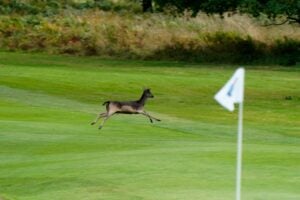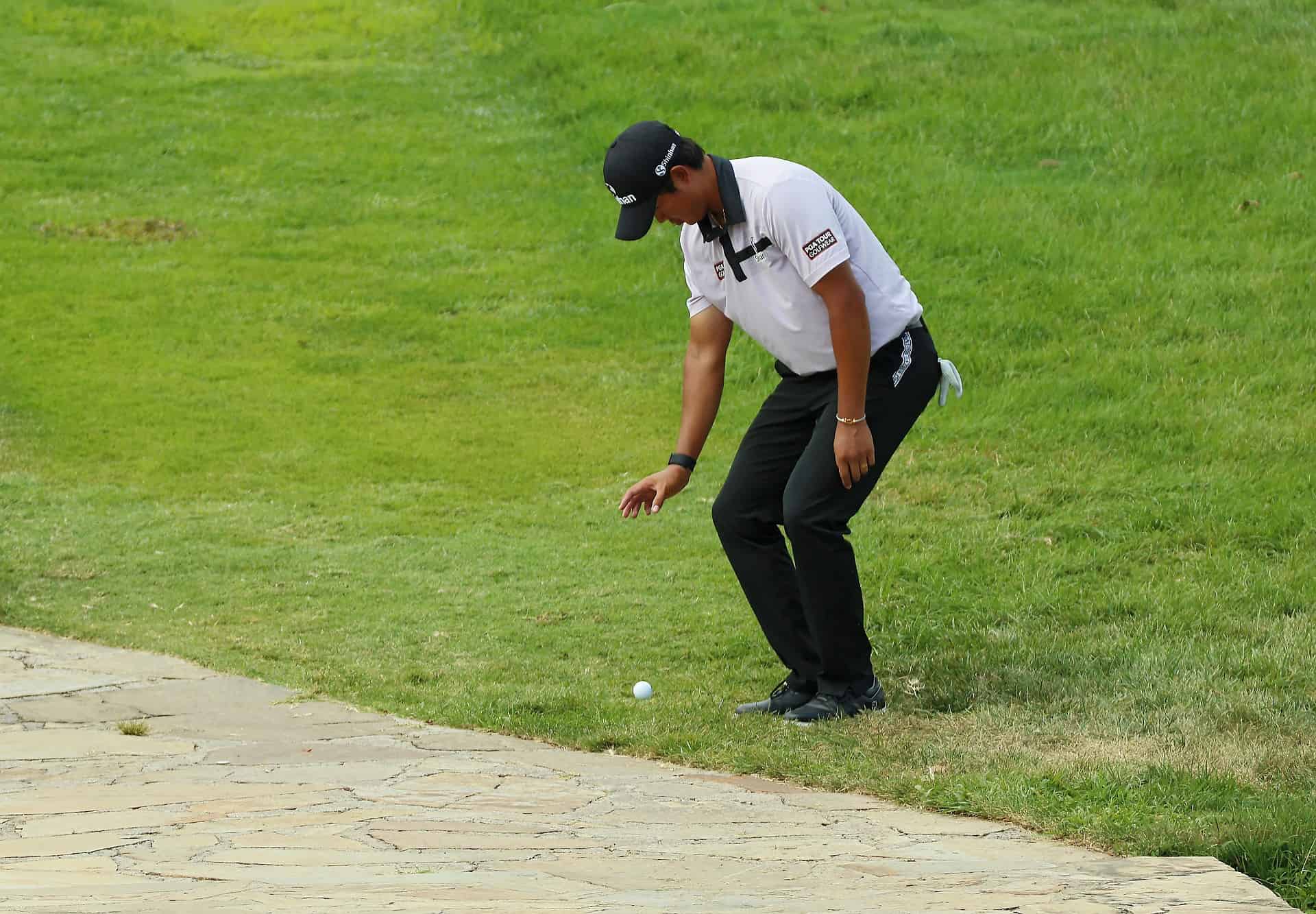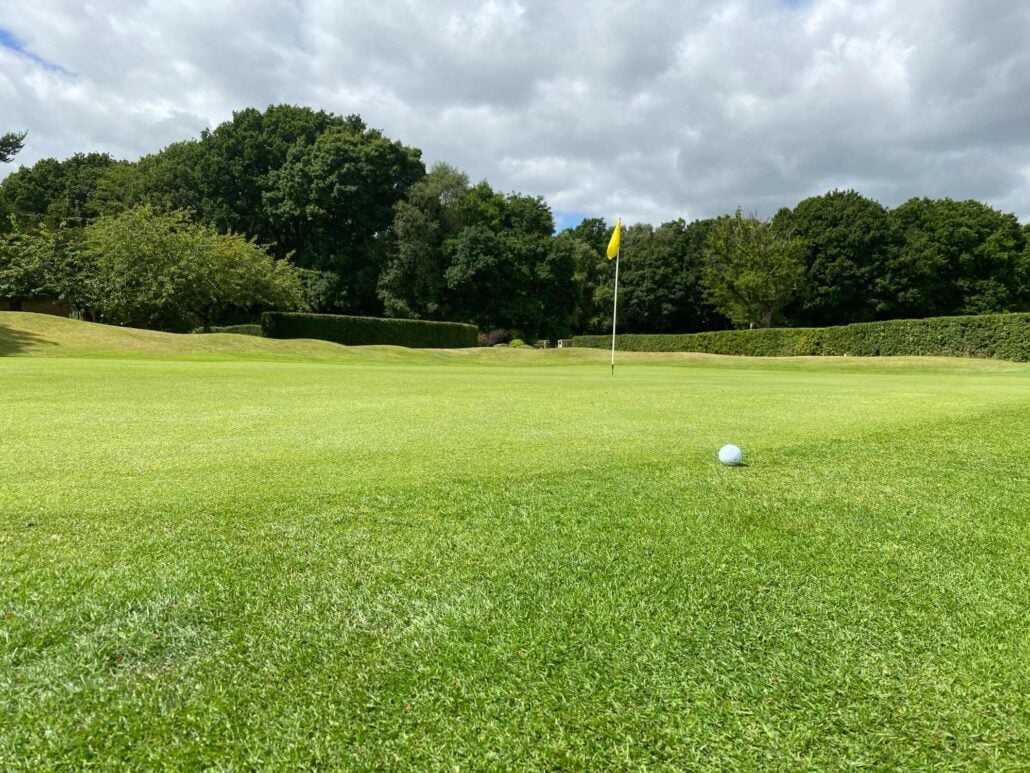
Rules of Golf explained: Can I mark my ball on the fringe of the green?
How many times do we get ourselves into a Rules pickle because we know a little bit – but not enough? We know we can lift and mark our ball on the putting surface, but can you mark your ball on the fringe of the green?
And how is the fringe defined?
These questions segue nicely into this email I received from Robert Laing: “I have a question regarding marking a ball. I marked behind my ball and then lifted it as I nearly always do ahead of putting.
“This is a habit I have adopted to slow myself down to try to become more accurate with my putts. I did this yesterday with friends, habitually from the edge of the green on the fringe and was told by one that I could be penalised for marking and lifting not on the green.
“I have looked in the rules and cannot find any text explaining this situation. Can you explain?”
Let’s give it a go…
Can you mark your ball on the fringe of the green?
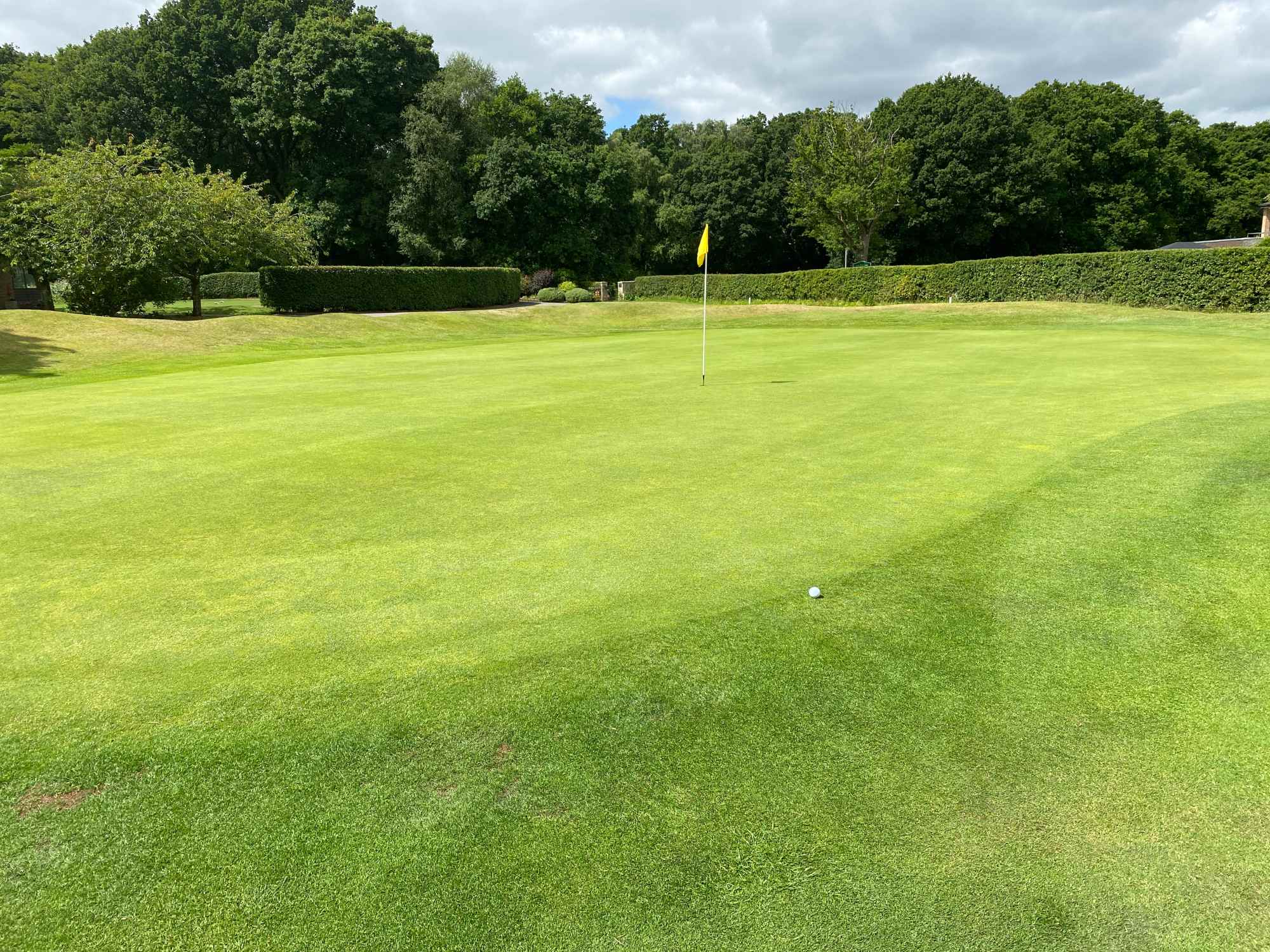
The fringe is not part of the putting green.
The edge of a putting green is defined as “where it can be seen that the specially prepared area starts (such as where the grass has been distinctly cut to show the edge), unless the committee defines the edge in a different way (such as by using a line or dots)”.
Now, as many of you will know, Rule 13.1a says that a ball is on the green when “any part of it” touches it.
What does that mean in practice? Well, essentially what it says on the tin. If any part of the ball, however small, is touching the surface of the green, you’d be able to lift and clean it – first marking the spot of the ball – and then replacing it on its original spot.
But if the ball is completely on the fringe, which is part of the general area, you’re going to get into trouble if you try and do the same.
Rule 9.4b says that if a player lifts or deliberately touches their ball at rest, or causes it to move, it’s a penalty stroke.
There are some limited exceptions to this, but none cover this situation. And if you’re unfortunate enough to fall foul, remember to put the ball back where it was. You don’t want to compound the mistake by then playing from a wrong place.
Have a question for our Rules of Golf expert?
Despite the simplification of the Rules of Golf at the beginning of 2019, there are still some that leave us scratching our heads. And as I’ve passed the R&A’s Level 3 rules exam with distinction, I’ll try to help by featuring the best in this column.
Steve Carroll

A journalist for 25 years, Steve has been immersed in club golf for almost as long. A former club captain, he has passed the Level 3 Rules of Golf exam with distinction having attended the R&A's prestigious Tournament Administrators and Referees Seminar.
Steve has officiated at a host of high-profile tournaments, including Open Regional Qualifying, PGA Fourball Championship, English Men's Senior Amateur, and the North of England Amateur Championship. In 2023, he made his international debut as part of the team that refereed England vs Switzerland U16 girls.
A part of NCG's Top 100s panel, Steve has a particular love of links golf and is frantically trying to restore his single-figure handicap. He currently floats at around 11.
Steve plays at Close House, in Newcastle, and York GC, where he is a member of the club's matches and competitions committee and referees the annual 36-hole scratch York Rose Bowl.
Having studied history at Newcastle University, he became a journalist having passed his NTCJ exams at Darlington College of Technology.
What's in Steve's bag: TaylorMade Stealth 2 driver, 3-wood, and hybrids; TaylorMade Stealth 2 irons; TaylorMade Hi-Toe, Ping ChipR, Sik Putter.


